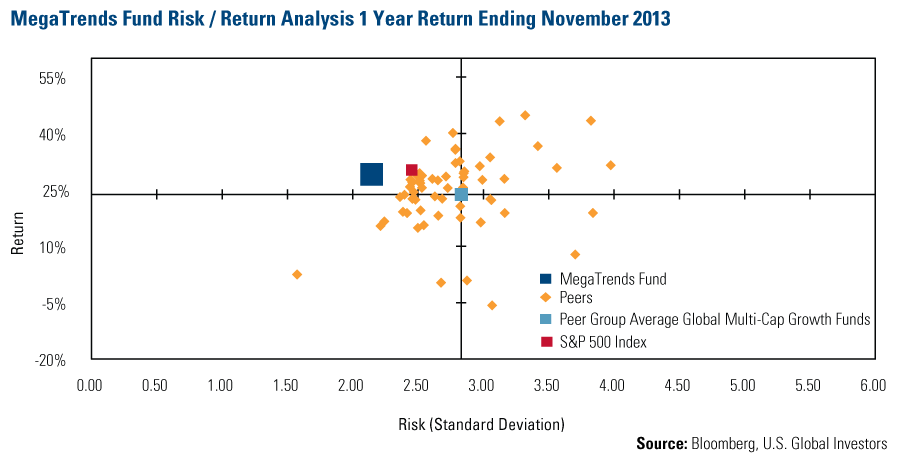What Is a Lipper Average and Why Should We Care
Post on: 21 Июнь, 2015 No Comment

Wise Bread Picks
In every financial magazine I read, I see companies bragging about how their funds constantly beat their five-year Lipper averages.
That sounds awesome, right? Not necessarily, once we dig in to exactly what Lipper averages are and how impressive it is to be above the average.
What Is a Lipper Average?
Lipper is a company (owned by Reuters) that supplies mutual fund information along with commentary and tools about mutual funds. Lipper takes the results of actively managed funds and averages them as groups. They are broken out by fund categories (for example: large cap growth, small cap value), so it’s easy to compare mutual funds within a category. (See also: Mutual Funds for Wise Bloggers )
What Is Included, and What Is Not?
The Lipper averages only include actively managed funds. They do not take into account the benchmarks or indices (for example, the S&P 500). The difference between actively managed funds and the indices is that there are overhead costs for actively managed funds, and lots of research goes into which stocks are chosen. In comparison, index funds have low overhead costs and typically include very low fees.
What Are Some Issues With the Lipper Average?
The Lipper average only takes into account funds that currently exist. If in 2008 a fund performed above the Lipper average for its category but for some reason isn’t offered anymore, the Lipper average is retroactively adjusted to reflect only funds that are still in existence.
Also, it’s important to keep in mind that sometimes being above-average still isn’t impressive. If all mutual funds in a category lose 20% in a year, only losing 10% could be considered great! However, if the benchmark only lost 5%, these rankings could be misleading. Investors may think that they’re looking at a fantastic mutual fund when really they could do better simply investing in low-cost index funds.
So Where Should You Invest?
While doing better than your peers is certainly a good thing, there are often better investments we can make, and that is certainly the case here. How do we know? Well, according to Standard and Poor’s Indices Versus Active Funds Scorecard (PDF), most actively managed funds fail to beat their benchmarks. For example, all Large Cap Funds failed to beat the S&P 500 benchmark over 65% of the time in 2010, over 57% of the time in the past three years, and over 61% of the time over the past five years. Suddenly, being average isn’t quite as impressive.
The Lipper average can be a good indicator if you’re set on an actively managed fund and you’re trying to determine where to put your money. While past results aren’t always indicators of future success, I’d rather put my money in an investment that has done well over the past five years than one that has underperformed.
However, in most cases, the fees we pay to those who manage these funds outweigh the superior performance we hope to get when comparing them to passively managed index funds, which usually have very low fees.
Do you think beating the Lipper average is impressive? Or is it just a way to spin a statistic to attract customers?














